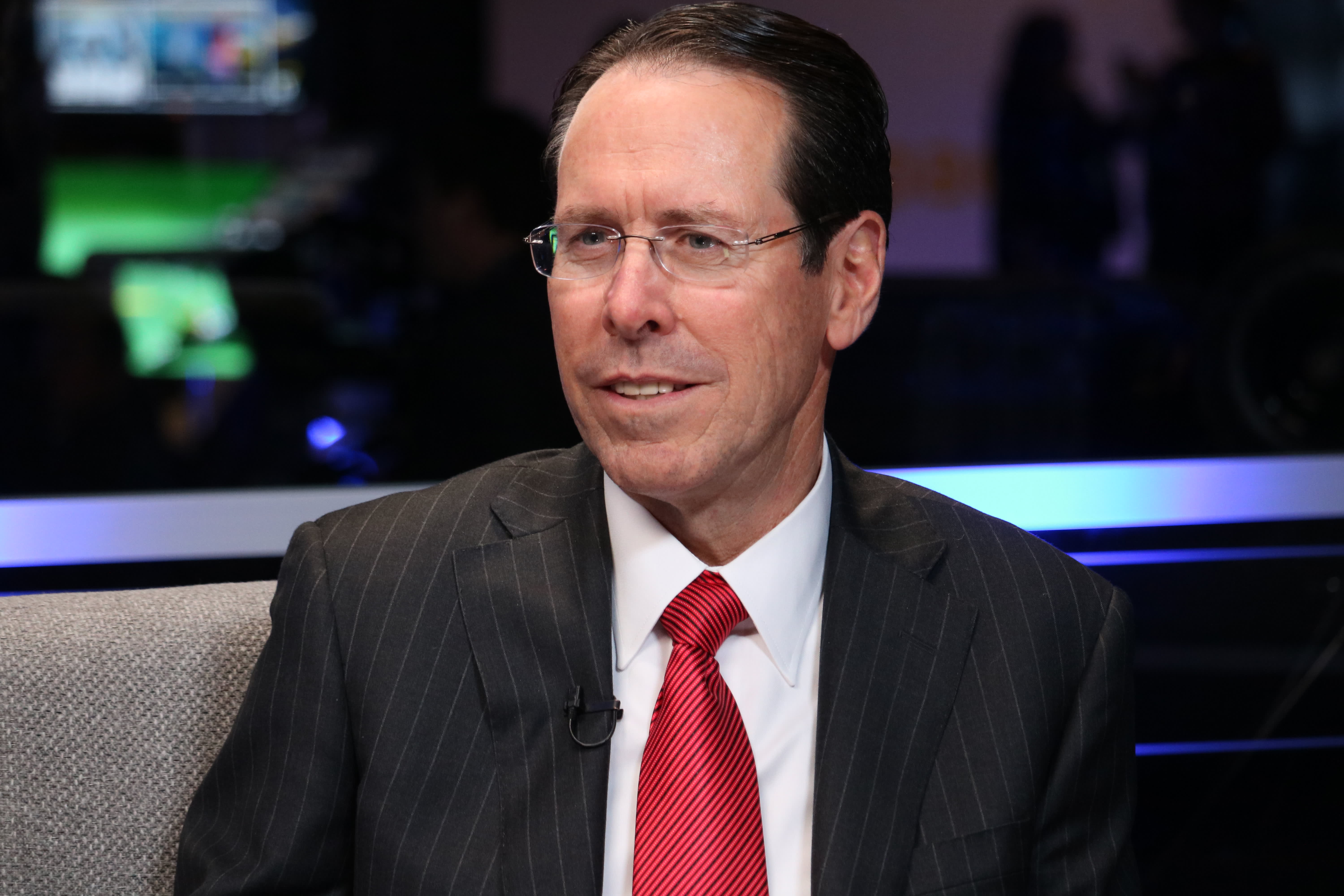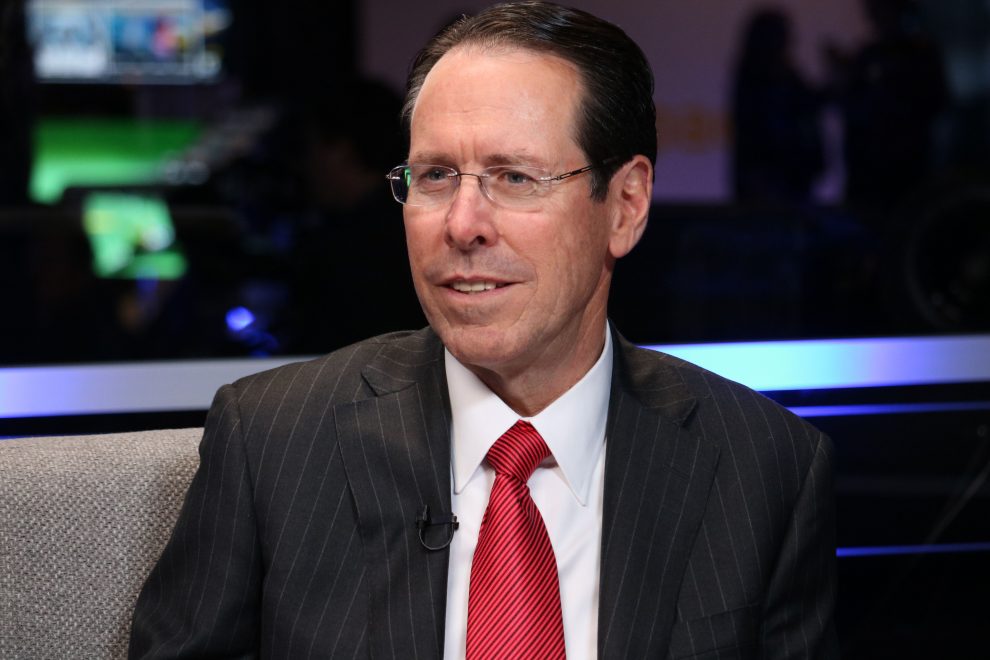
Randall Stephenson, CEO of AT&T, speaking at the Business Roundtable CEO Innovation Summit in Washington, DC. on Dec. 6th, 2018.
Janhvi Bhojwani | CNBC
AT&T on Wednesday beat Wall Street estimates for net wireless subscribers who pay a monthly bill as it grounded out some growth in a saturated market and continued to bundle media content from Time Warner into new wireless plans.
The second-largest U.S. wireless carrier by subscribers added a net 72,000 phone subscribers, bigger than analysts’ estimates of 27,000 subscribers, according to research firm FactSet.
However, AT&T lost 778,000 premium TV subscribers, a category that includes DirecTV satellite and U-verse television customers, much more than 544,000 losses in the first quarter.
Pay-TV providers have struggled to keep customers as viewers move to streaming services like Netflix Inc.
AT&T closed its $85 billion acquisition of media company Time Warner in June last year, creating a new business segment called WarnerMedia to house assets including the Turner TV networks and premium channel HBO.
The new WarnerMedia segment, which includes Turner and premium TV channel HBO, reported revenue of $8.4 billion, while analysts were expecting $8.30 billion, according to IBES data from Refinitiv.
The company said WarnerMedia’s new streaming service HBO Max is slated to launch in spring of 2020.
Total operating revenue in the second quarter rose 15.3% to $44.96 billion. Analysts were expecting $44.85 billion, according to IBES data from Refinitiv.
Net income attributable to AT&T fell to $3.71 billion, or 51 cents per share, from $5.13 billion, or 81 cents per share, a year earlier.
Excluding items, AT&T earned 89 cents per share, in line with estimates.
Shares of the company were down marginally at $31.99 before the bell.






